Tempo Boy, The Other Tempo: Three Wheeled Truck, 200cc, And World Speed Record Holder

Mention the word Tempo to a German car nut, and something very different than the Ford Tempo will likely come to mind. It’s easy to forget that in the fifties, much of Germany was in a very different state of development. And the Tempo played a role of motorizing the lowest level of transport still used by small farmers, tradesmen and business owners: the horse and wagon. With between 10 and 15 hp on tap, it was faster than the one horsepower wagon. But why would Tempo take one to the Avus high speed track to set a world endurance speed record? I guess it’s all in the name.
What started out in the twenties as an evolution of a motorcycle with a small load bed in the front (above), eventually got turned around to put the bed in the back. But the tricycle arrangement stuck, as well as front wheel drive. Yes, the 12-15 hp that an assortment of two-stroke engines put out were delivered to that sole wheel; whether it was via a chain or shaft is not obvious from the pictures.
In 1934, Tempo took one of their trucks to the Avus high-speed track in Berlin, and set five world endurance records for the “open delivery truck under 200cc class”. The average speed: 54.1 kmh, or 33 mph. This is why you read TTAC.
There was even a woodie wagon “kombi”. Strictly speaking, the “Boy” versions had somewhat smaller engines than the man versions; a 10 hp 244 cc motor in order to qualify its use by a Category IV driver’s license, which was immensely easier and cheaper to obtain.
I remember a few of these in Innsbruck as a kid. You could see them parked by the big open-air market, used by the framers to bring their produce to town. Their rated load capacity: 500kg, or 1100 lbs. That’s one hundred lbs. less than my half-ton F-100.
In the mid-fifties, the three wheeler finally gave way to the four-wheeled Matador, now using a VW engine, but still driving the front wheels.
The final version got an updated cab, whose styling was referred to as the “fishmouth”. Curiously, these were now powered by an English BMC 1600 cc engine driving the front wheels.
Interestingly (or maybe not), this Tempo story now intersects my Mercedes Van history from a while back. Hanomag eventually absorbed Tempo, and built a new advanced line of fwd vans and trucks, which Mercedes rebadged as their own after they swallowed Hanomag. That’s today’s obscure automotive history lesson; class dismissed.

More by Paul Niedermeyer
Latest Car Reviews
Read moreLatest Product Reviews
Read moreRecent Comments
- ToolGuy The only way this makes sense to me (still looking) is if it is tied to the realization that they have a capital issue (cash crunch) which is getting in the way of their plans.
- Jeff I do think this is a good thing. Teaching salespeople how to interact with the customer and teaching them some of the features and technical stuff of the vehicles is important.
- MKizzy If Tesla stops maintaining and expanding the Superchargers at current levels, imagine the chaos as more EV owners with high expectations visit crowded and no longer reliable Superchargers.It feels like at this point, Musk is nearly bored enough with Tesla and EVs in general to literally take his ball and going home.
- Incog99 I bought a brand new 4 on the floor 240SX coupe in 1989 in pearl green. I drove it almost 200k miles, put in a killer sound system and never wish I sold it. I graduated to an Infiniti Q45 next and that tank was amazing.
- CanadaCraig As an aside... you are so incredibly vulnerable as you're sitting there WAITING for you EV to charge. It freaks me out.



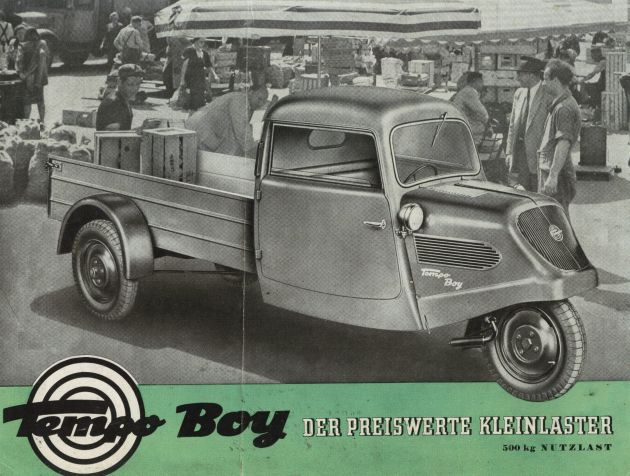





















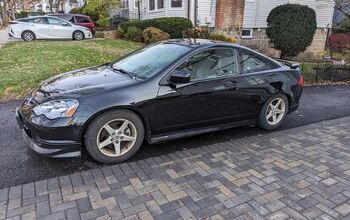
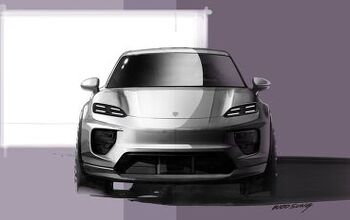
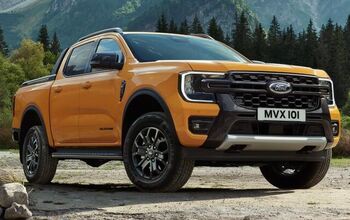





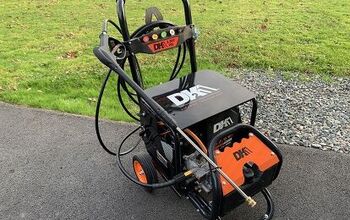



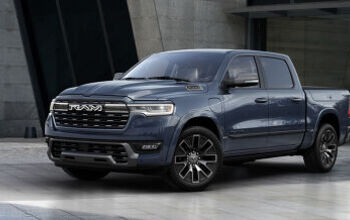
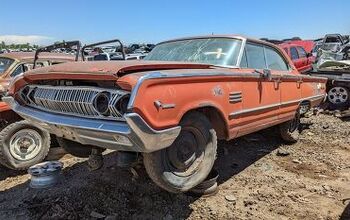
Comments
Join the conversation
According to German wikipedia, the front wheel was chain-driven. There's another interesting three-wheel transporter to cover in future editions, the Piaggio Ape.
I have a very nice Siku model of a Tempo Matador. I picked it up at one of the many flohmarkts I went to when I lived in Dresden.